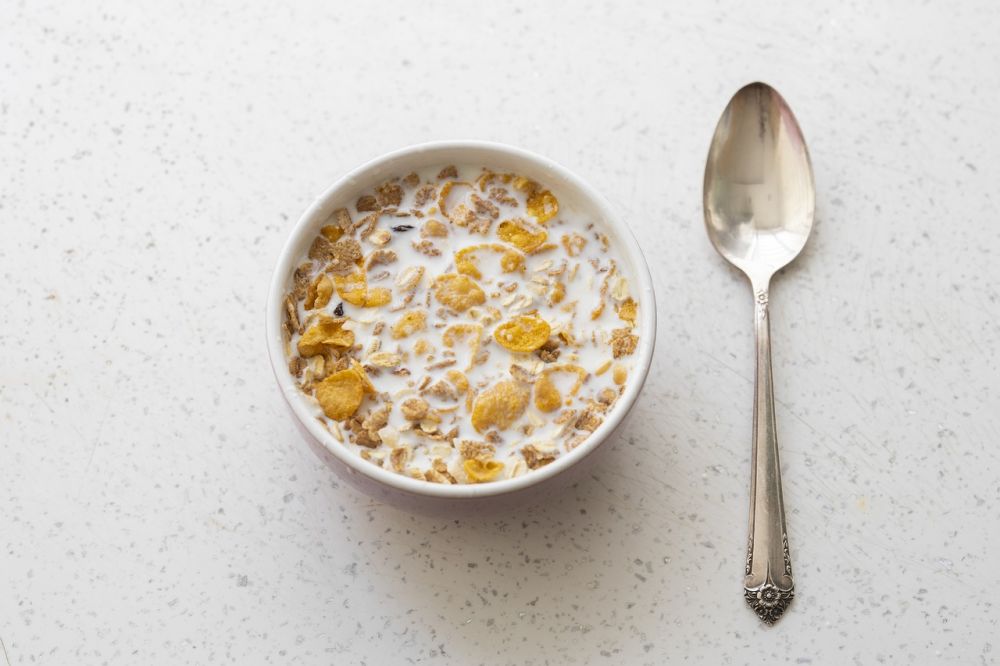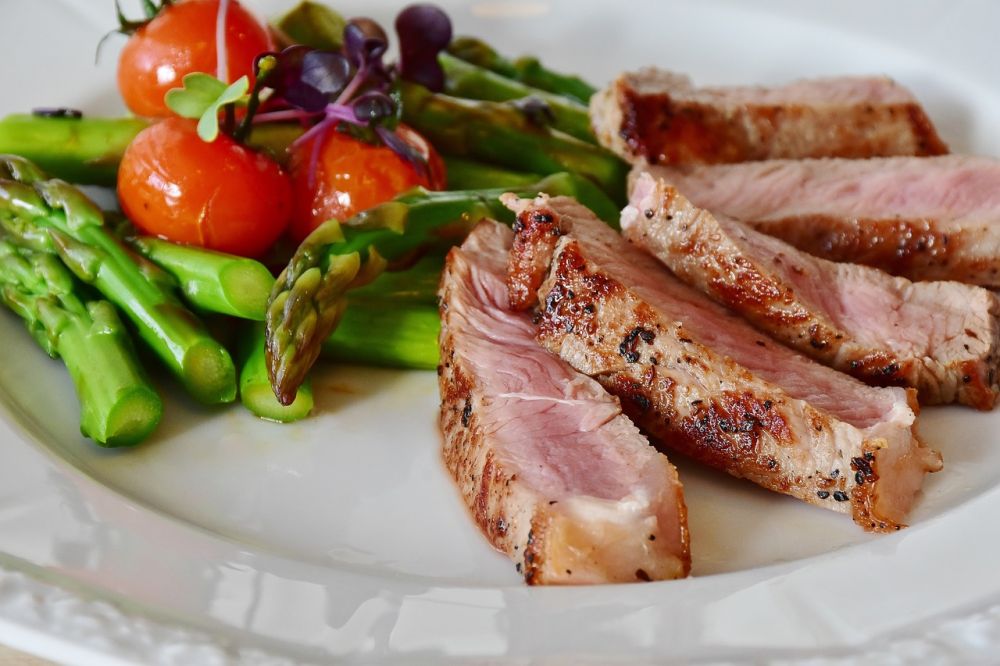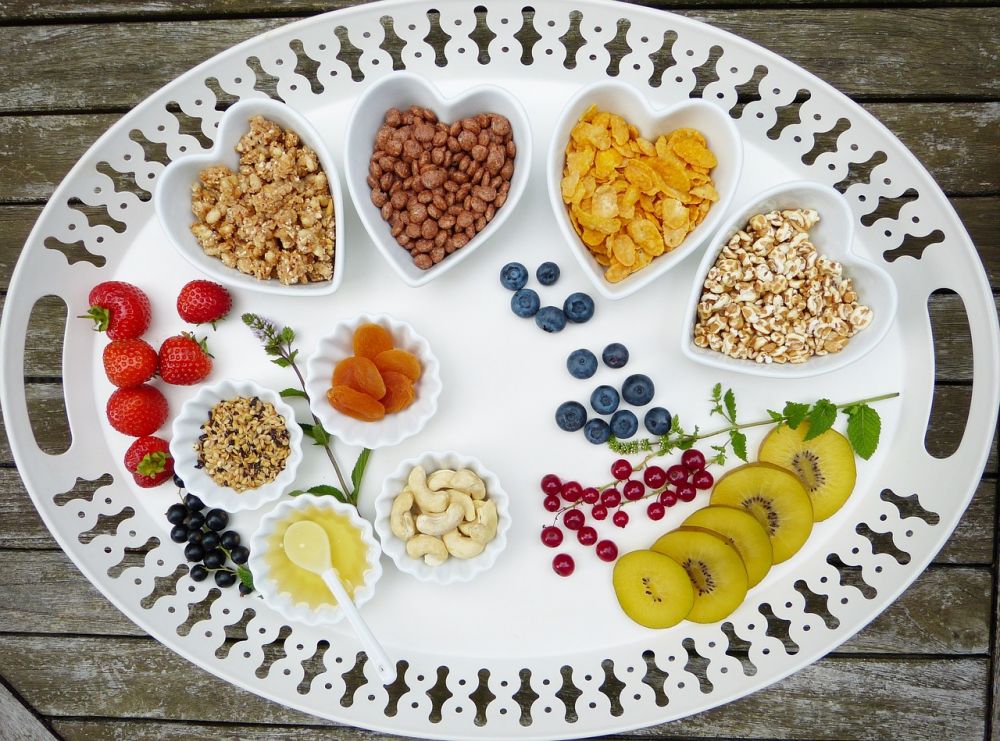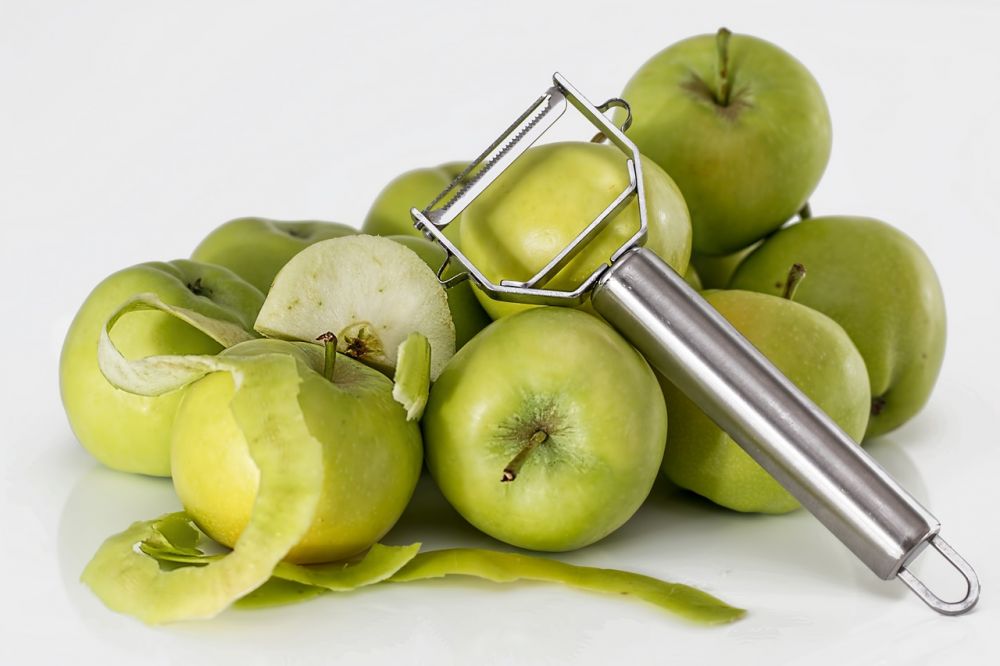Raw Food Diet: A Comprehensive Guide to the Pros and Cons

Introduction
The Raw Food Diet has gained significant popularity in recent years, as individuals seek healthier and more natural ways of nourishing their bodies. In this comprehensive article, we will delve into the world of raw food diet, providing an in-depth overview, exploring various types, discussing quantitative measurements, and analyzing the historical pros and cons associated with different approaches. Whether you’re a health enthusiast or simply curious about this dietary trend, read on to discover more about the raw food diet.
Overview of Raw Food Diet

The raw food diet, also known as raw foodism, is a dietary practice that emphasizes the consumption of unprocessed and uncooked foods. Proponents of this diet believe that cooking food destroys its natural enzymes and decreases its nutrient content, leading to various health issues. By adhering to a raw food diet, individuals aim to maximize the intake of fresh fruits, vegetables, nuts, seeds, and sprouts, while avoiding cooked, processed, or nutritionally deficient foods.
Types of Raw Food Diet
There are several types of raw food diets, and the level of strictness may vary among individuals. Let’s explore some of the most popular variations:
1. Raw Vegan Diet: This type of raw food diet excludes all animal products, including meat, fish, eggs, and dairy. Emphasizing plant-based foods, it focuses on fruits, vegetables, nuts, seeds, and grains.
2. Raw Vegetarian Diet: Similar to the raw vegan diet, this version allows the consumption of certain raw animal products, such as unpasteurized milk, honey, and raw eggs. However, meat and fish are still avoided.
3. Raw Omnivorous Diet: This diet incorporates both raw plant-based foods and raw animal products. It encompasses a wider range of options, including raw meat, fish, eggs, dairy, and fermented foods like kefir and sauerkraut.
Quantitative Measurements of Raw Food Diet
Proponents of the raw food diet often highlight certain quantitative measurements to support its health benefits. These measurements include:
1. Enzyme Activity: Advocates claim that raw food is rich in natural enzymes, which support digestion and nutrient absorption. Some studies suggest that cooking at high temperatures can reduce enzyme levels, potentially impacting digestive efficiency.
2. Nutrient Profile: Raw foods are generally rich in vitamins, minerals, and antioxidants, as they are consumed in their natural state. However, it’s important to note that certain nutrients may be better absorbed or activated through cooking. An example is the antioxidant lycopene found in tomatoes, which becomes more bioavailable when cooked.
Differences Among Raw Food Diets
While all raw food diets focus on consuming uncooked foods, there are subtle differences that set them apart:
1. Macronutrient Ratios: Raw vegan diets tend to be higher in carbohydrates from fruits and vegetables, while raw omnivorous diets may have a higher proportion of protein and fats from raw animal products.
2. Food Preparation Techniques: Some raw food enthusiasts opt for gentle food preparation techniques like soaking, sprouting, or fermenting to enhance digestibility and nutrient availability. Others prefer a completely raw and unprocessed approach.
Historical Pros and Cons
The raw food diet has its roots in various ancient cultures and has gained attention throughout history. Let’s explore the historical pros and cons associated with different approaches:
1. Pros:
– Preservation of Nutrients: Raw food diets aim to preserve the natural nutrient content of foods, ensuring higher intake of vitamins, minerals, and antioxidants.
– Increased Vegetable Consumption: Raw food diets often prioritize vegetables, leading to higher fiber and micronutrient intake.
– Potential Weight Loss: Many individuals report weight loss as a result of adopting a raw food diet, potentially due to its high fiber content and lower calorie density.
2. Cons:
– Increased Risk of Nutrient Deficiencies: Raw food diets may lead to deficiencies in certain nutrients, such as vitamin B12, iron, calcium, and omega-3 fatty acids, which are predominantly found in cooked animal products.
– Limited Culinary Choices: Adhering to a raw food diet can be challenging, as it restricts the consumption of cooked foods and may limit the variety of flavors and textures in meals.
– Potential Difficulties in Digestion: Some individuals may experience digestive challenges when consuming large amounts of raw and uncooked foods, potentially leading to bloating, gas, or nutrient malabsorption.
Conclusion
The raw food diet offers a unique approach to nutrition, emphasizing the consumption of unprocessed and uncooked foods. As we’ve explored in this article, there are various types of raw food diets, each with its own nuances and considerations. While the diet has historical merits and potential health benefits, it’s important to weigh its pros and cons carefully and consider individual nutritional needs. Remember to consult with a healthcare professional before making any significant dietary changes.
By understanding the overall concept, exploring different variations, delving into quantitative measurements, acknowledging the differences among raw food diets, and analyzing historical perspectives, you can make an informed decision about incorporating elements of the raw food diet into your lifestyle.





